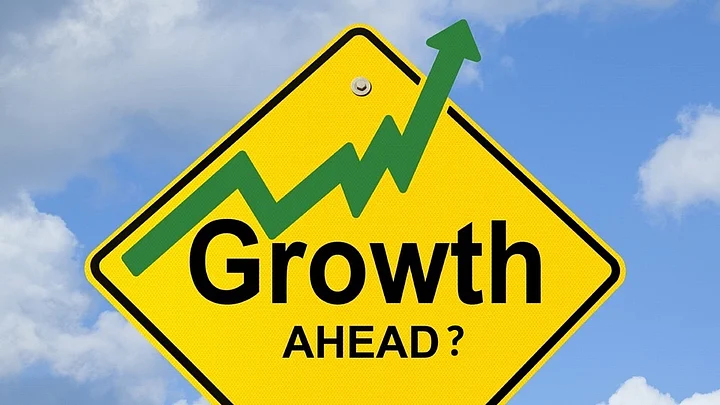It has all been fun and game in the markets in the first nine days of brand new year 2021. Take a look at some of them.
- The price of bitcoin surged by 40 percent in the first nine days of 2021. This was after the cryptocurrency’s unprecedented run gaining gravity defying 300 percent in 2020.
- South Korea’s index Kospi surged by a record 10 percent in the first trading week of this year following a record gain of 30 percent in 2020. In other words, an overbought market went up another 10 percent in five trading sessions and that too without any positive trigger!
- We got a major surprise last week when Elon Musk, the founder of electric vehicle maker Tesla, replaced Jeff Bezos as the world’s richest person. In the beginning of 2020, Musk’s net worth was around $ 27 billion. Sometime last week, his net worth was estimated to have touched $ 185 billion, a gain of $158 billion in just 12 months.
Surprising Stocks Story in India
Our own Nifty has gained over 8 percent in the last one month, 22 percent in the last three months and 34 percent in the last six months. And this has happened in a year which has witnessed worst recession in decades. What a disconnect!
The price of Jet Airways shares has surged by an unprecedented 500 percent since September 2020. We have no idea as to when and how the company is going to get take off. That has not come in the way of company’s share price taking off in a way never seen before. What an apt example of irrational exuberance!
Let’s go back to Musk. He gained $28 billion more than the total net worth of Bill Gates in just year. According to CNBC.com, “Musk’s wealth surge over the past year marks the fastest rise to the top of the rich list in history.” There is no denying that Tesla has been quite an innovative company (not yet iconic though). But does that justify a surge of more than 800 percent in its stock’s price in 2020 and further 25 percent last week?
These are just five of many instances of financial markets the world over functioning under the influence of excessive exuberance.
And the surge is not confined to financial assets alone. Despite global growth falling off the cliff and massive lockdown induced demand destruction, commodity prices are on a tear.
Is 2008 Repeating Itself?
While the price of crude is at 9-month high, prices of steel are at a level not seen since the 2008 high. It looks like the liquidity-fuelled rally has lifted all boats, irrespective of underlying fundamentals. Does the script sound familiar? Didn’t we have a similar run in the first half of 2008? Let us recall what happened in 2008:
- crude oil price surged by a whopping 60 percent between January and June of that year,
- steel prices doubled in a matter of months, and
- copper prices increased by 30 percent in the first six months of that year.
The second half of 2008 witnessed a massive selloff, with prices of crude falling from more than $140 a barrel to less than $40 a barrel in a matter of weeks. And steel prices even now are nowhere close to what they were in the first half of 2008.
This is not to suggest that we are going to see an action replay of what happened in 2008. There is one major difference between what happened in 2008 and what is happening now. While in 2008 the brutal sell off was because of major dislocation in the financial markets after the collapse of Lehman Brothers, the global financial market now is quite buoyant and flush with abundant liquidity.
Markets Get Pessimistic After Irrational Exuberance Wears Out
But there is something called intrinsic value of any asset. Can the price assigned to it stay divorced from the intrinsic value for a long time? And can the financial market stay immune to what is happening in the real world, good or bad?
We have had a record run in the first week of this year. This has happened despite
- 1.4 lakh people losing jobs in December in the US, first such loss since April of 2020,
- the COVID-19 coronavirus mayhem has been at its worst in US, UK and some other European countries despite vaccine rollout, and
- the democratic institutions in the US are facing one of the worst attacks in the country’s history.
Any of these events would have triggered a selloff in normal circumstances. Not anymore. The markets shrugged all of them together as if they do not matter.
History tells us that such period of irrational exuberance is almost always followed by a period of equally irrational pessimism. It is, therefore, advisable to stay calm and watch from the sidelines liquidity-fuelled rally running its course.
(The author is an occasional writer and an aspiring entrepreneur. He tweets @Mayankprem. This is an opinion piece. The views expressed above are the author’s own. The Quint neither endorses nor is responsible for them.)
(At The Quint, we question everything. Play an active role in shaping our journalism by becoming a member today.)
